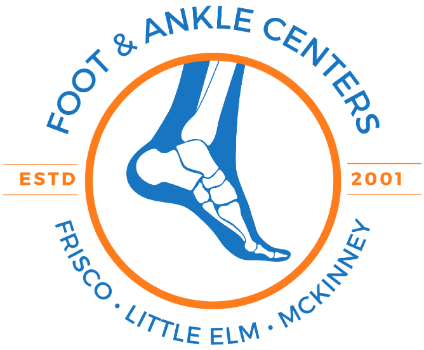Accessory Bones in Ankle Anatomy and Function
Accessory bones of the ankle can affect anyone. They are associated with an increased risk of ankle sprains and fractures and can also cause pain, swelling, and instability in the ankle joint. If you experience symptoms of accessory bone of the ankle, our board-certified podiatrists at Foot & Ankle Centers of Frisco, Little Elm, & McKinney in Frisco, Little Elm, and McKinney, Texas, can determine the most effective treatment for you. Our expert podiatry team offers advanced diagnostics and same-day appointments for urgent foot and ankle problems.


Knowing how Accessory Bone of the Ankle is Diagnosed
Accessory bone of the ankle can be diagnosed through a physical exam, X-ray, or MRI.
During a physical exam, the doctor will feel the ankle bones to see if there is an extra bone present. An X-ray or MRI can provide a clearer image of the bones of the ankle and will be able to detect any extra or accessory bones.

